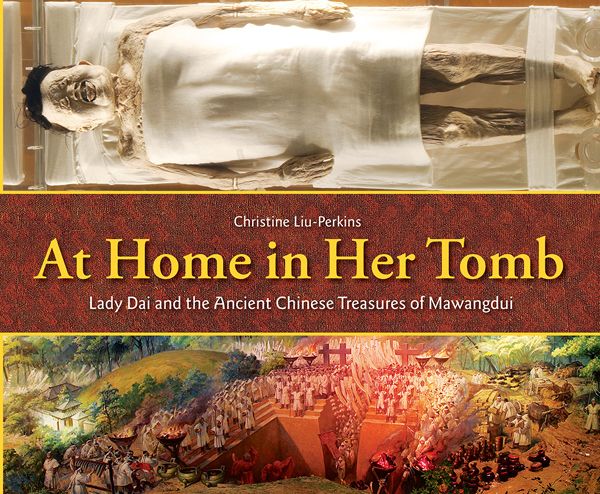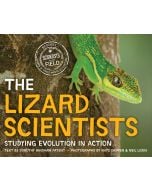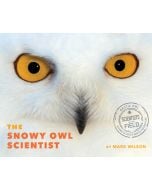
At Home in Her Tomb: Lady Dai and the Ancient Chinese Treasures of Mawangdui
By Christine Liu-Perkins
Illustrators
Illustrated by Sarah S. Brannen
Edition
By Christine Liu-Perkins
Hardcover edition
Publisher Charlesbridge Imprint Charlesbridge ISBN9781580893701
Awards and Honors Kirkus Reviews Best Books of 2014, Middle-Grade Books; Booklist Editors’ Choice 2014, Nonfiction, Middle Readers; Booklist Lasting Connections 2014, Social Studies; New York Public Library, 100 Titles for Reading and Sharing 2014, Nonfiction; NSTA Outstanding Science Trade Books for Students K–12: 2015At Home in Her Tomb: Lady Dai and the Ancient Chinese Treasures of Mawangdui
 5
5
Out of stock
SKU
9781580893701J
China: Over two thousand years ago, Lady Dai was buried with her family. In 1972, their tombs were discovered, and Lady Dai’s body was remarkably preserved. Time line of the Qin and early Han dynasties. Glossary. Author’s note. Index. Full-color photographs and watercolor illustrations.
|
Standard MARC Records Cover Art |
Nonfiction Middle Grades 5-8)
Nonfiction Middle
Nonfiction Middle Grades 5-8)
For Grades 5-8
Knowledge is power, and this category embodies that principle. Featuring 12 carefully selected nonfiction books, the collection spans autobiographies, anthropological studies, and more—making it perfect for research, classroom enrichment, and independent exploration. Some selections may explore identity, relationships, and real-world challenges, including LGBTQIA+ themes, moderate language, social issues, and other sensitive topics.
12 books per Year
$256.56 per Year
Interests
Biographies, History, Nonfiction, Science/STEAM






